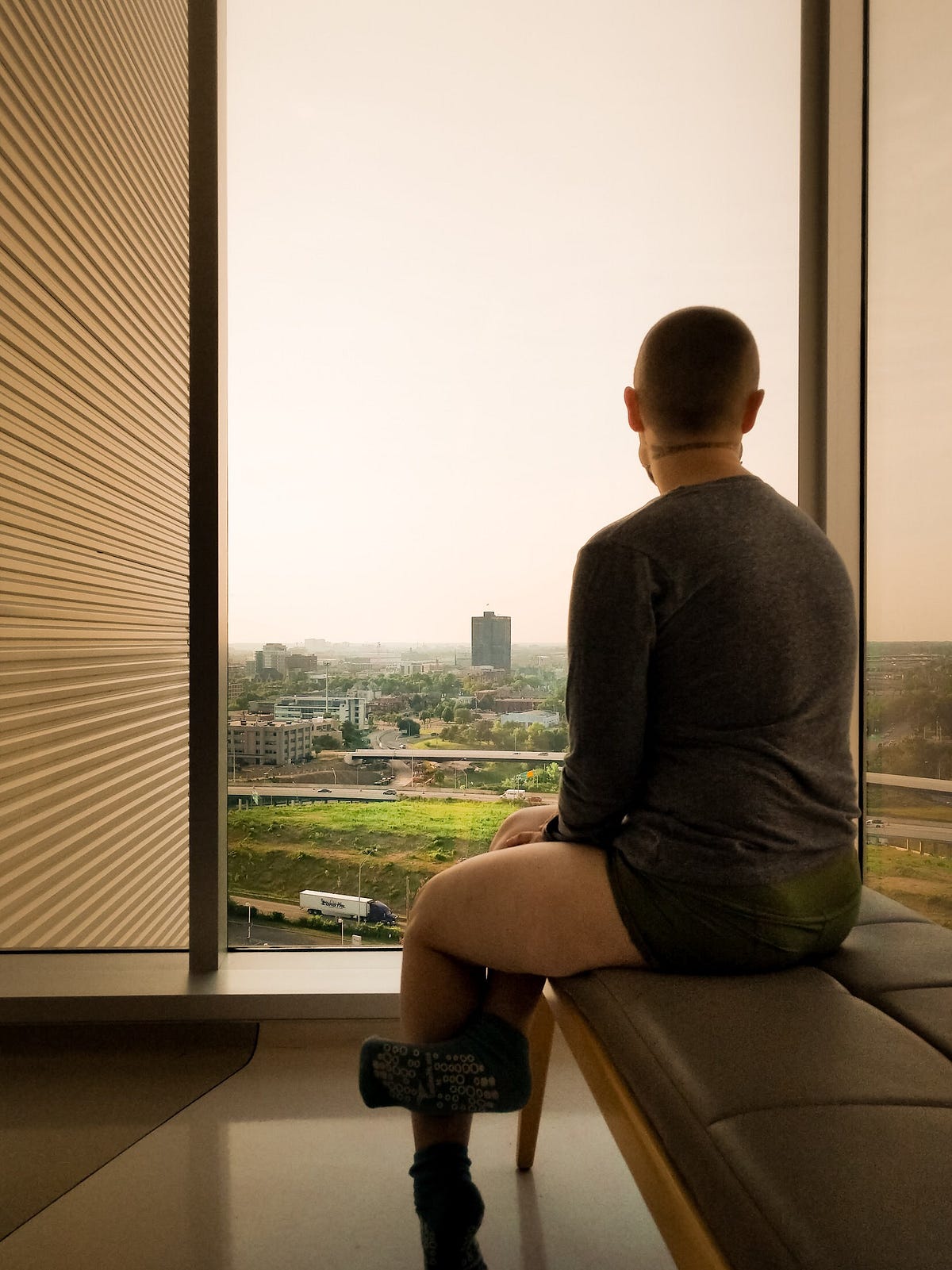Editor’s note: This piece was originally posted on Kathryn Poe’s personal blog on Dec. 27, 2018.
I have been varying degrees of invisible for all of my young adult life. Having a life-threatening disease that no one can see has at times felt like a magic act. There have been times in my life when my disease has been truly invisible.
Yet, when I’m in the midst of a flare or a medical procedure, I become spottable from miles away.
Now you see me; now you don’t.
There are perks to both. On one hand, “now you don’t” allow me to slide unnoticed into life. I wasn’t stared at in restaurants or malls. People acted surprised when I told them I was sick. Yet, they also never took it seriously.
I’ve been accused of faking it or lying about how ill I was. People have accosted me at handicap parking spots and I’ve been denied accessibility options at school. It’s difficult to make the people around you understand your pain if they can’t see it.

There have been times in my life when the invisibility has also made it dangerously easy to ignore.
There have been days when a couple of good weeks without symptoms made me forget and it came back with a vengeance as a result.
There have been days when I’ve felt like an imposter. When I doubted my own disability and place in the community: “Am I really that sick?”
There have been moments when I’ve allowed the anxiety about relapse to eat me from the inside. “Who am I when my disease comes back? Who am I now?”
On the other hand, “now you see me” is about the same amount of trouble. People stare at you in public. Sometimes random people come up and pray for you when you’d rather them not. Nobody quite knows how to act.
Suddenly people you thought you had friendships with drop off the face of the Earth and people start giving you the attention you’re not sure you want. Until you go back to “now you don’t,” that is. Then, they vanish too. People tend to take you more seriously in “now you see me.” They can’t say that you’re faking it anymore and most of them are a lot nicer about it. All of a sudden, people start to be a little more serious about what you say (just a bit and not always).
Being bald means that I’m much less likely to get attacked at a handicap parking spot and sometimes the mask wards off unwanted sales attendants at the mall. That’s nice. But with the mask comes the stares and uncomfortable looks of sympathy. The realization that I’m an anomaly; something that I can forget most of the time. The attention makes that hard.
There have been times when I’ve relished in both; appreciated the attention or the lack thereof. There have been times when I’ve wished that I was more visible. There have been times when I have been more visible than I’ve wanted.
But no matter how visible I am, there doesn’t seem to be a no-negatives ‘happy place.’ There have been plenty of times in my life when I’ve seen the two as opposing realities: sick me vs. healthy me; now you see me vs. now you don’t. When instead, it is all me, all the time.
My journey with my invisible illness is a continuum, not to be divided into sections. Whether the outside world can see me or not, I am still myself — perhaps under different circumstances, but me. There is a balance to my visibility — I am always somewhere in the middle.
And now, with my disease cured, it will begin to fade even more in a new way, leaving me to simply be. There will always be parts of myself that will be invisible; parts of my experience I can never fully explain. But everyone else is like that too.
We all have stories and past lives that we can never fully show; perhaps we feel invisible in the midst of everything around us. But we do become visible when we speak; when we write or tell others about things that have happened to us. We become visible when we are heard and do not remain silent.
Whether or not those around you can see it plain as day or it’s hidden under our skin; when we share ourselves with others, we become not only become visible, but we are understood.
Now you hear me.

